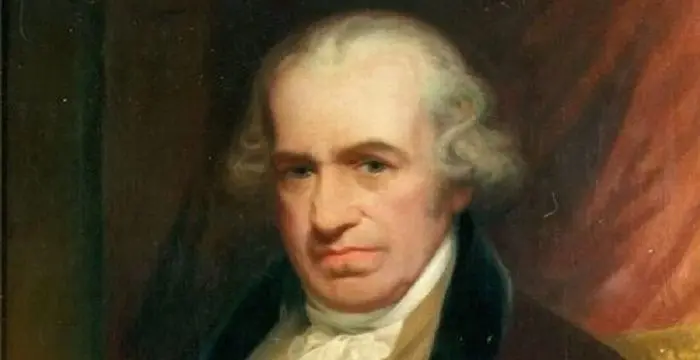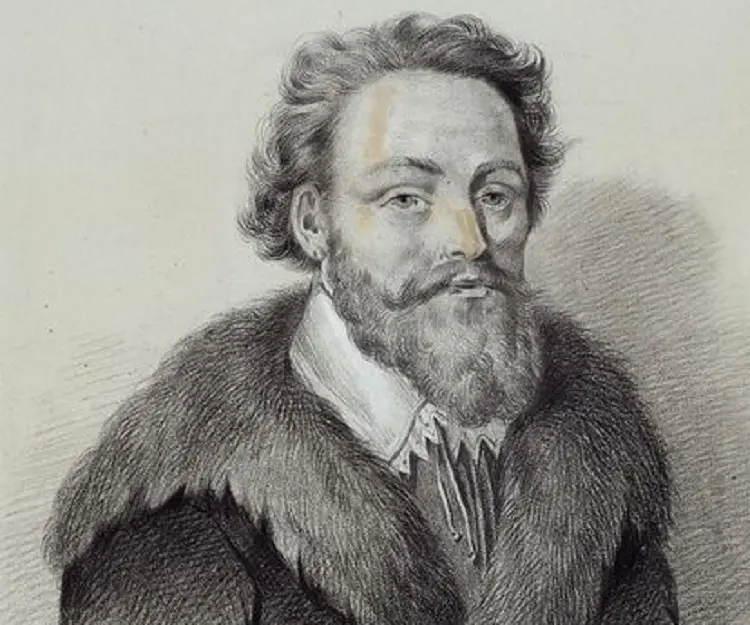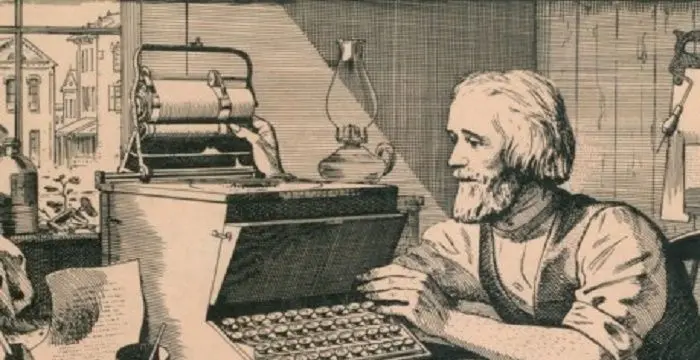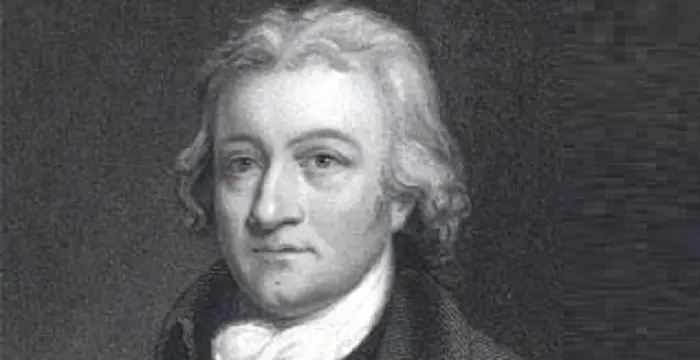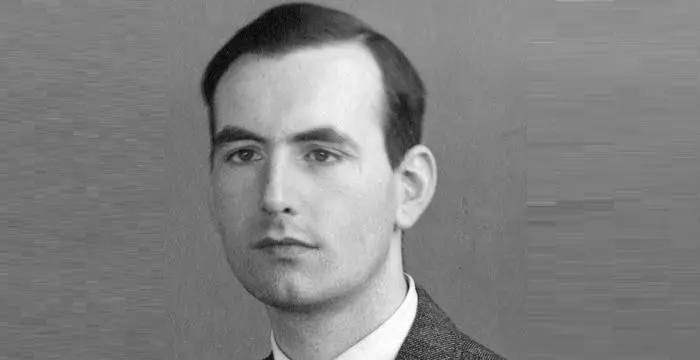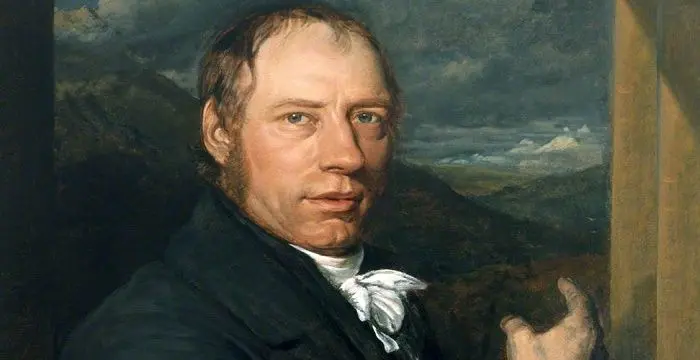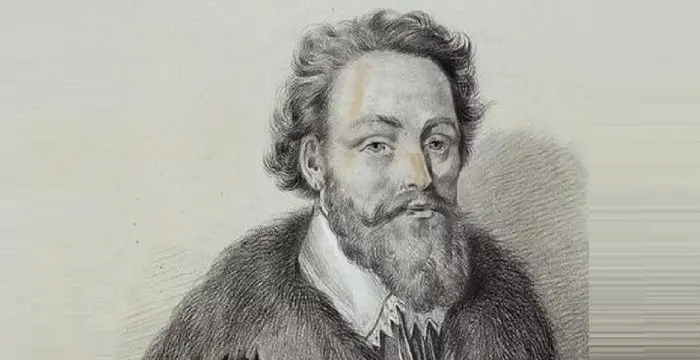
Cornelis Drebbel - Inventor of World’s First Navigable Submarine, Timeline and Facts
Cornelis Drebbel's Personal Details
Cornelis Jacobszoon Drebbel was a Dutch builder best remembered as the inventor of world’s first navigable submarine
| Information | Detail |
|---|---|
| Birthday | 1572 |
| Died on | November 8, 1633 |
| Nationality | Dutch |
| Famous | Inventors & Discoverers, Discoverers, Inventor of World’s First Navigable Submarine, Inventors |
| Spouses | Sofia Goltzius, Sophia Jansdochter Goltzius |
| Known as | Cornelis Jacobszoon Drebbel |
| Discoveries / Inventions |
|
| Birth Place | Alkmaar |
| Gender | Male |
| Born in | Alkmaar |
| Famous as | Inventor of world’s first navigable submarine |
| Died at Age | 61 |
// Famous Inventors
Thomas Newcomen
Thomas Newcomen was a British inventor who developed the world’s first steam engine. Browse through this biography to learn in details about his life, career, works and timeline.
Erno Rubik
The famous inventor and educationist, Erno Rubik is known world-wide for his invention the ‘Rubik’s Cube’. To know more about the childhood, profile, timeline and career of this famous architect-inventor read on.
Howard Hughes
Howard Hughes was an American aviator, business tycoon, philanthropist and also a film maker. This biography explores his childhood, career, achievements and timeline.
Cornelis Drebbel's photo
Who is Cornelis Drebbel?
Cornelis Jacobszoon Drebbel was a Dutch builder best remembered as the inventor of the world’s first navigable submarine. He worked initially as a painter, engraver and cartographer before developing a keen interest in mechanics, alchemy and designing optical instruments. Born to a burgher in Netherlands, he studied at the Academy of Harleem after receiving his primary education from a local Latin school and became a student of the famous engraver, Hendrick Goltzius. Although initially apprenticed to an engraver, he soon developed an interest in alchemy and mechanical inventions. Subsequently, he was granted a patent for a ‘perpetual motion machine’ actuated by changes in atmospheric pressure and temperature, an invention which established his reputation in scientific and aristocratic circles in Europe. Later, he journeyed to England upon the invitation of King James I who encouraged him to continue his scientific works. Among the numerous inventions attributed to his name are: construction of the first compound microscope using two sets of convex lenses, a variety of optical instruments, an improved thermometer, a scarlet dye, and self-regulating ovens. But undoubtedly, his most famous and magnificent invention was the first ever navigational submarine which he designed and built while working for the English Royal Navy. A great innovator and a brilliant empiric researcher, Cornelis Drebbel was a spirited man who contributed towards the advancement of mechanics, pneumatics, optics, chemistry, hydraulics and pyrotechnics
// Famous Discoverers
Thomas Newcomen
Thomas Newcomen was a British inventor who developed the world’s first steam engine. Browse through this biography to learn in details about his life, career, works and timeline.
Christopher Latham Sholes
Christopher Latham Sholes was an American inventor. He is known as the "Father of the Typewriter" as he invented the QWERTY keyboard. This biography profiles his childhood, life, inventions, achievements and timeline.
Edmund Cartwright
Edmund Cartwright was an English clergyman and inventor of power loom. Read this biography to get detailed information about his life, career, works and timeline
Childhood & Early Life
Cornelis Drebbel was born in 1572 in Alkmaar, Netherlands, to Jacob Janszoon Drebbel, a burgher of Alkmaar who was a landowner or farmer.
After receiving an elementary education, he studied at the Latin school in Alkmaar and later attended the Academy in Haarlem, located in North-Holland. There, he became an apprentice to the famous engraver, Hendrick Goltzius.
Gradually, he became a skilled engraver, which is evident through a number of extant engravings which he created. In addition to it, he also developed an interest in alchemy from Hendrick and gained knowledge about it.
Career
After his marriage in 1595, he devoted himself to engraving and publishing maps and pictures. Soon, he developed a fascination towards mechanical inventions and in 1598 obtained a patent for a water-supply system and a sort of perpetual clockwork.
In 1601, he built a fountain for the city of Middelburg, in the province of Zeeland. The following year, he was granted a patent for a chimney which he had designed.
After getting acquainted with Hans Lippershey, a spectacle maker and constructor of telescopes, and his colleague Zacharias Jansen, he became interested in optics. Subsequently, he learned about lens grinding and optics.
Some of his mechanical inventions appealed to King James I of England, and soon the Drebbel family moved to England at the invitation of the king where he was taken into the special service of Henry, Prince of Wales. There, he astonished the court with his creations such as a perpetuum mobile, automatic and hydraulic organs, and optical instruments.
In 1610, upon the invitation of Emperor Rudolf II, Drebbel and his family moved to Prague where he once again demonstrated his inventions.
After Matthias, Rudolf’s brother, had conquered Prague and deposed Rudolf, Drebbel faced imprisonment for some time. Later, through the intervention of Prince Henry, he was released and was given permission to return to England in 1613.
For the next several years, Drebbel devoted himself to the manufacturing of microscopes and to the construction of a submarine. He manufactured optical instruments and compound microscopes with two convex lenses which became quite famous in scientific research works.
In 1620, while working for the English Royal Navy, he built the first navigable submarine. Over the next four years, he successfully built and tested two more submarines, each one bigger than its predecessor.
He lived his later years in near-poverty and earned his living by running an alehouse. He left very few writings and his most famous work was ‘Ein kurzer Tractat von der Natur der Elementum’ (1608), an alchemical tract on the transmutation of the elements.
Major Works
During the early 1620s, Drebbel designed and built his most famous invention, the navigational submarine. Propelled by oars and sealed against the water by a covering of greased leather, the wooden vessel travelled the River Thames at a depth of 12 to 15 feet from Westminster to Greenwich.
Drebbel invented the first thermostat, which used a column of mercury and a system of floats and levers to maintain a steady temperature within a furnace. He also discovered the first permanent scarlet fabric dye, and developed a process for manufacturing sulfuric acid from sulfur and saltpeter.
Awards & Achievements
‘Drebbel’, a small lunar crater has been named in his honor.
Personal Life & Legacy
In 1595, Cornelis Drebbel married Sophia Jansdochter Goltzius, younger sister of Hendrick Goltzius. The couple had several children of which four survived.
Throughout his life, he faced financial trouble and remained in constant need of money due to the dissolute lifestyle of his wife. He died on November 7, 1633, in London while living in near-poverty conditions.
Cornelis Drebbel biography timelines
- // 1572Cornelis Drebbel was born in 1572 in Alkmaar, Netherlands, to Jacob Janszoon Drebbel, a burgher of Alkmaar who was a landowner or farmer.
- // 1595 To 1598After his marriage in 1595, he devoted himself to engraving and publishing maps and pictures. Soon, he developed a fascination towards mechanical inventions and in 1598 obtained a patent for a water-supply system and a sort of perpetual clockwork.
- // 1595In 1595, Cornelis Drebbel married Sophia Jansdochter Goltzius, younger sister of Hendrick Goltzius. The couple had several children of which four survived.
- // 1601In 1601, he built a fountain for the city of Middelburg, in the province of Zeeland. The following year, he was granted a patent for a chimney which he had designed.
- // 1608He lived his later years in near-poverty and earned his living by running an alehouse. He left very few writings and his most famous work was ‘Ein kurzer Tractat von der Natur der Elementum’ (1608), an alchemical tract on the transmutation of the elements.
- // 1610In 1610, upon the invitation of Emperor Rudolf II, Drebbel and his family moved to Prague where he once again demonstrated his inventions.
- // 1613After Matthias, Rudolf’s brother, had conquered Prague and deposed Rudolf, Drebbel faced imprisonment for some time. Later, through the intervention of Prince Henry, he was released and was given permission to return to England in 1613.
- // 1620In 1620, while working for the English Royal Navy, he built the first navigable submarine. Over the next four years, he successfully built and tested two more submarines, each one bigger than its predecessor.
- // 7th Nov 1633Throughout his life, he faced financial trouble and remained in constant need of money due to the dissolute lifestyle of his wife. He died on November 7, 1633, in London while living in near-poverty conditions.
// Famous Inventors & Discoverers
Nikola Tesla
Nikola Tesla was a Serbian-American inventor, best known for his development of alternating current electrical systems. This biography of Nikola Tesla provides detailed information about his childhood, life, achievements, works & timeline.
Thomas Newcomen
Thomas Newcomen was a British inventor who developed the world’s first steam engine. Browse through this biography to learn in details about his life, career, works and timeline.
Erno Rubik
The famous inventor and educationist, Erno Rubik is known world-wide for his invention the ‘Rubik’s Cube’. To know more about the childhood, profile, timeline and career of this famous architect-inventor read on.
Ernst Ruska
Ernst Ruska was a German physicist who invented the electron microscope. Check out this biography to know about his childhood, life, achievements, works & timeline.
Howard Hughes
Howard Hughes was an American aviator, business tycoon, philanthropist and also a film maker. This biography explores his childhood, career, achievements and timeline.
Richard Trevithick
Richard Trevithick was a British inventor who was the pioneer of steam-powered road and rail transport. Check out this biography to know about his childhood, family life, achievements and fun facts about him.
Cornelis Drebbel's FAQ
When was Cornelis Drebbel died?
Cornelis Drebbel was died at 1633-11-08
Where was Cornelis Drebbel died?
Cornelis Drebbel was died in London
Which age was Cornelis Drebbel died?
Cornelis Drebbel was died at age 61
Where is Cornelis Drebbel's birth place?
Cornelis Drebbel was born in Alkmaar
What is Cornelis Drebbel nationalities?
Cornelis Drebbel's nationalities is Dutch
Who is Cornelis Drebbel spouses?
Cornelis Drebbel's spouses is Sofia Goltzius, Sophia Jansdochter Goltzius
What is Cornelis Drebbel's inventions/discoveries?
Submarine, Perpetual Motion, Incubator, Scarlet Dye was invented (or discovered) by Cornelis Drebbel
How famous is Cornelis Drebbel?
Cornelis Drebbel is famouse as Inventor of world’s first navigable submarine
